We have been laying out a plan to radically improve the Sunset district of San Francisco, along the way doubling, tripling or quadrupling the number of people that could live there, while also improving the quality of life for all residents.
May 31, 2020: Sunset 2.0
June 21, 2020: Sunset 2.0 #2: Streets and Buildings
July 5, 2020: Sunset 2.0 #3: Transportation
Today, we will look at some of the natural features of this location, which make it actually rather special, and which are not being taken advantage of properly today at all.
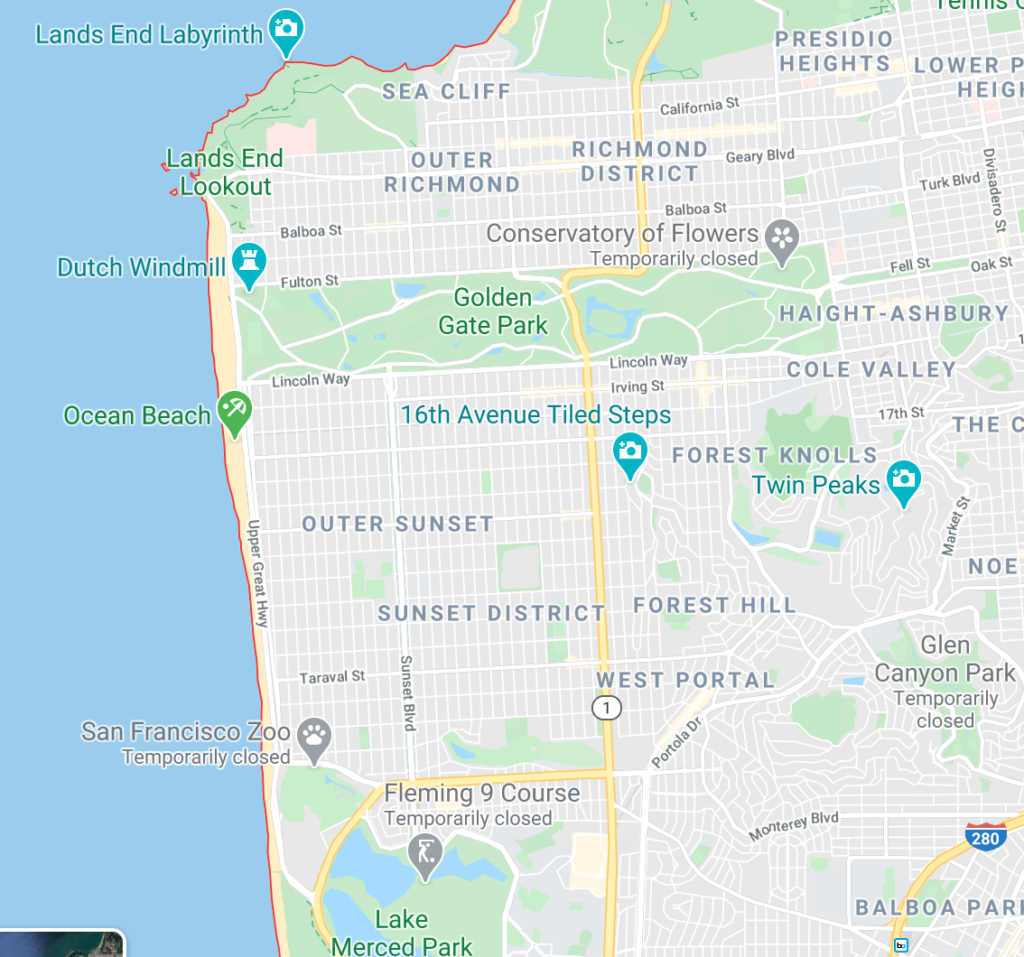
This really is a wonderful location, bordered on all four sides by some highly attractive features: Golden Gate Park, Lake Merced Park/San Francisco Zoo, the Twin Peaks area/Glen Canyon park, and of course, best of all the Pacific Ocean at Ocean Beach — all within walking and biking distance. Wow.
Today, we will look at Ocean Beach. It looks like this:
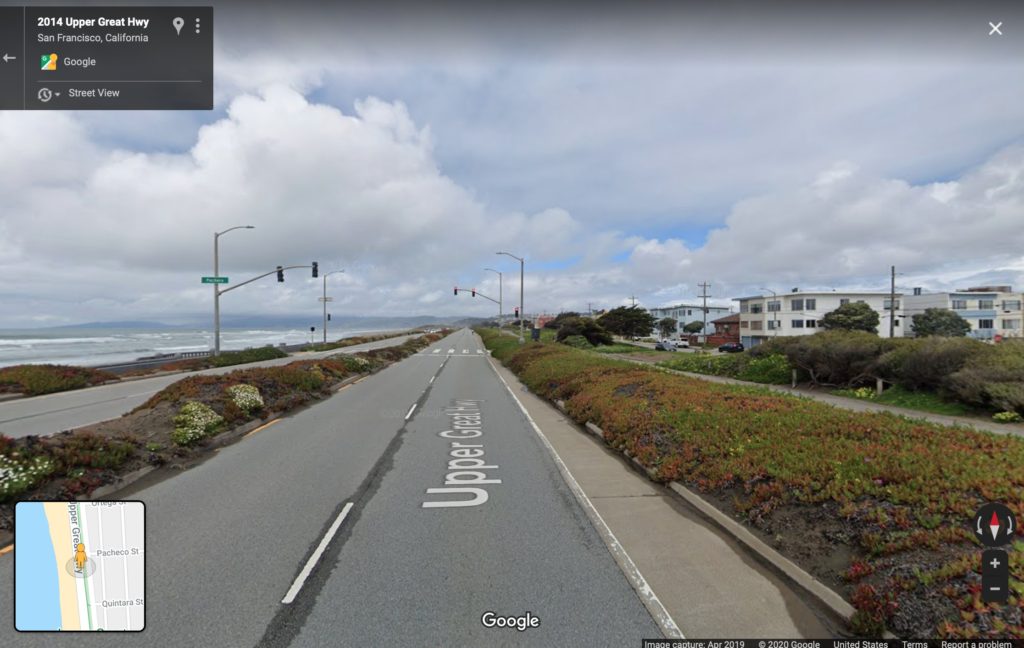
Yes, one of the greatest urban waterfronts in the world is here wasted on a big highway.
“But,” you may argue, “we probably need that highway to get from one place to another.” This is true of many ocean communities in California, which are linked by US 1, the Pacific Coast Highway. But, here the PCH is actually already rerouted through the middle of the Sunset District. This highway, the Great Highway, actually goes nowhere. Look at the map above. It begins in Lake Merced Park, and it continues to the Land’s End Lookout, where it makes a right and turns into Geary Boulevard. It does not connect anything at all. It is a decorative highway. Its purpose is to allow San Franciscans to drive along the beach. It is a sort of public park for automobiles.
This is colossally stupid, a relic of the Automobile Age, but there may be a geological reason for it: the sand may be so wide here that you can’t actually build on it. There is no hard ground upon which we could build a building. So, our options might be limited. We might not actually be able to build right on the beach, as at Waikiki or Miami Beach. Nevertheless, I think that it would still be nicer to have even some trees and bushes on the sand here, than have this roaring mass of automobiles traveling nowhere. So, in our Sunset 2.0, if possible we will put buildings on the beach here; and if that is not possible, make it into a beach park, probably of trees, bushes and grasses. If you really want to drive along the beach, just take US 1 from the middle of the Sunset District, across the Golden Gate Bridge, and follow it as far north as you like.
Let’s look at some better ways to approach this super-valuable beachfront location:
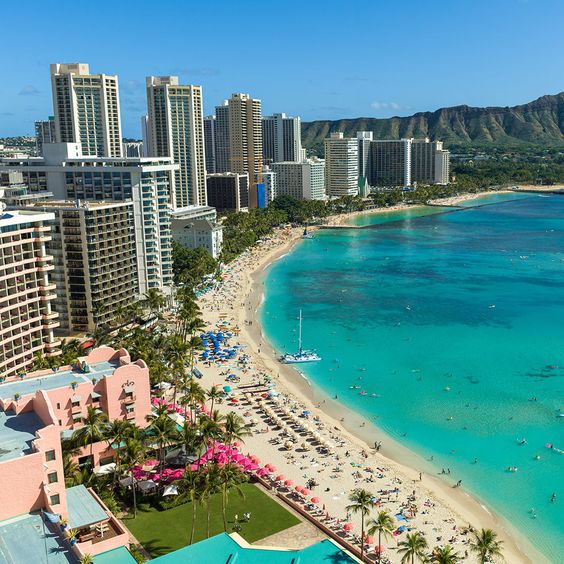
Waikiki Beach, Oahu, Hawaii. This is actually an artificial beach. The land was originally swamp. It was filled in with blocks of coral, and then sand was shipped in from elsewhere. Now one of the most famous beaches in the world. The highrise towers of Waikiki perhaps would not be too popular in our Sunset 2.0, but you could substitute some nice 6-story buildings if you like. The most important thing is that the buildings and their surrounding gardens are right on the beach, without six lanes of traffic in between.
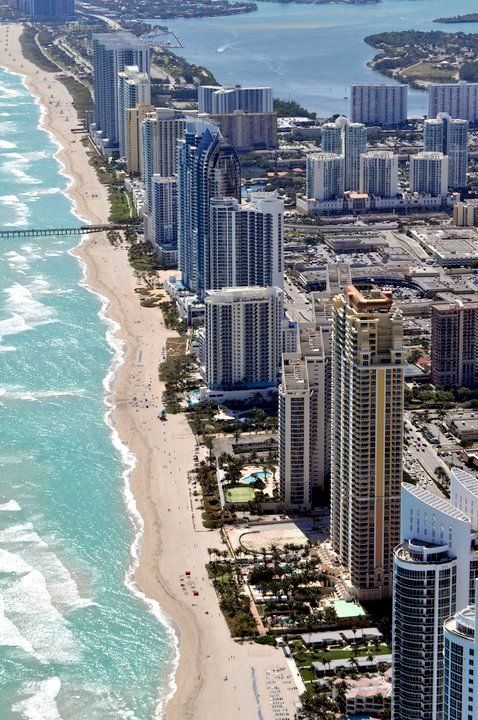
Miami Beach, Miami. A very similar pattern of highrise buildings/gardens right on the sand. Again, one of the world’s most famous and popular beaches. Don’t put the highway on the beach — especially a decorative highway to nowhere.
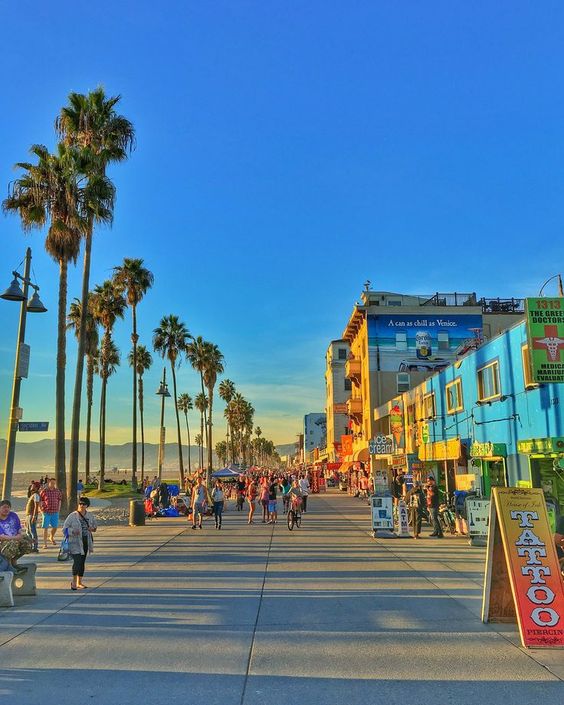
The “boardwalk” along the beach is a popular solution. Venice Beach (central Los Angeles), CA. No highrises, but high-value use of land.
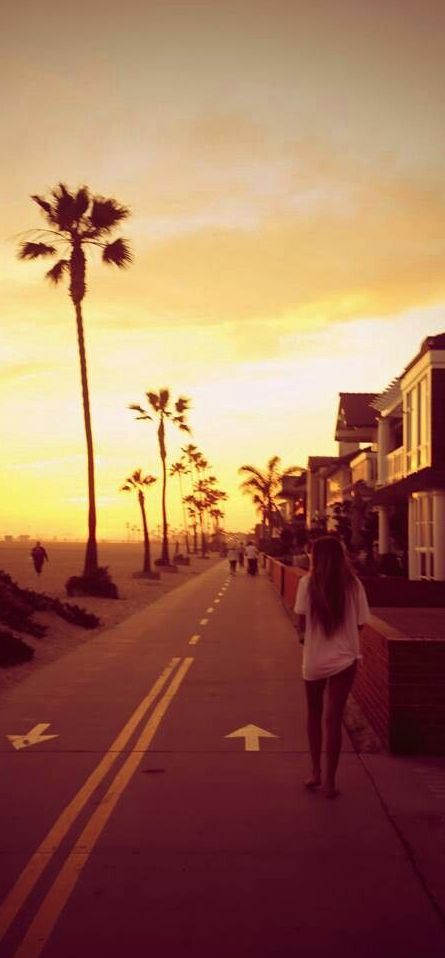
Private houses along the beach at Newport Beach (south of Los Angeles), CA. Expensive houses, as you can imagine. Don’t waste this prime land on a decorative highway.
With that, we will look at some other beachfront cities that embrace the general form of 3-6 story buildings mostly on Streets for People, with little or no cars, that we are imagining for our Sunset 2.0.

Streetcar Arterial (no automobiles) in Nice, France. On the Cote d’Azur.

Outdoor market in Nice, France. No cars.
Imagine a city like this, but also on the beach. You don’t have to just imagine it. It really exists, in Cannes, France.

Here we see the combination of Narrow Streets for People, 3-6 story building height, high building footprint ratio (about 50%), and courtyard architecture that characterizes Cannes. This is basically our model for Sunset 2.0, although we would use the existing grid pattern of streets.
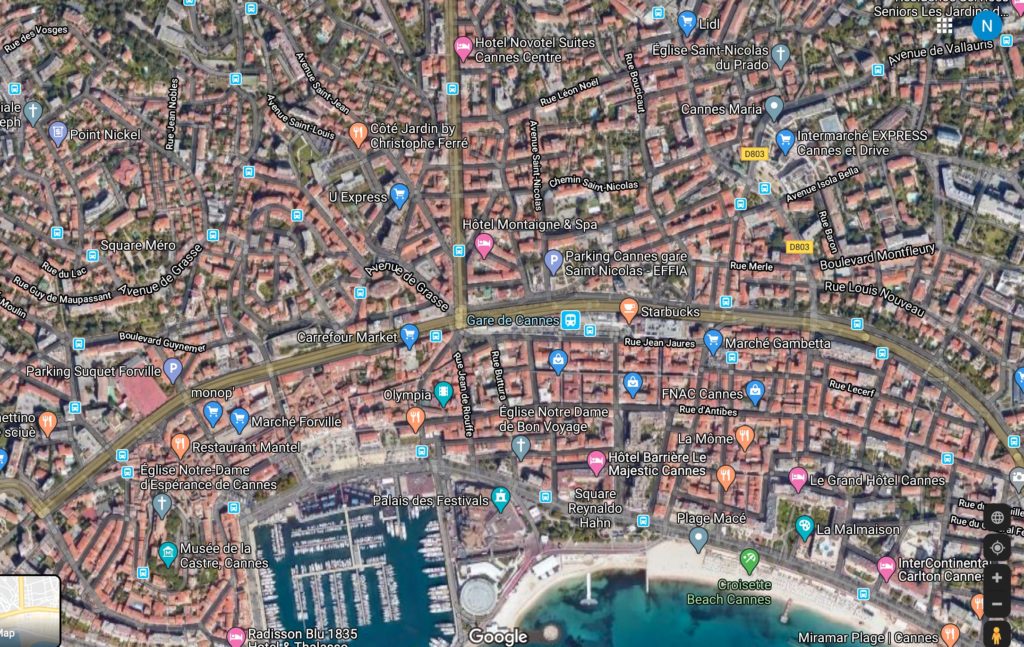
Street in Ibiza, Spain — another world-famous beach destination.

Split, Croatia, on the Dalmatian Coast of the Adriatic. It is easy to see that, if we built the Sunset 2.0 to this level of density, 3x-4x as many people could live there, and it would also be as pleasant as Split, Croatia, although cooler and foggier.

Lastly, we have another Streetcar Arterial (no autos), in Casablanca, Morocco. I hear there’s a pretty good gin joint around there.


